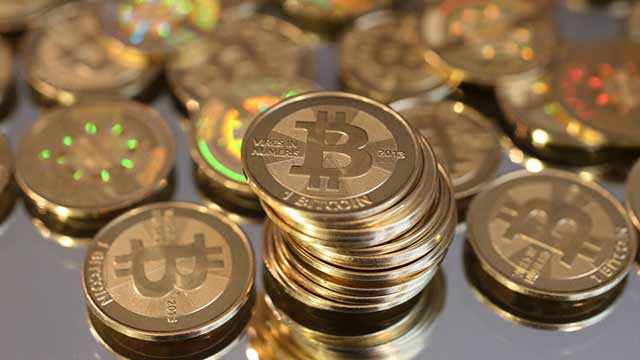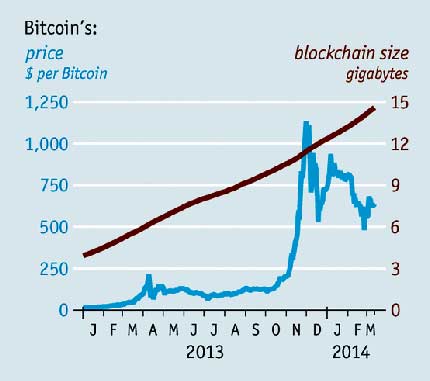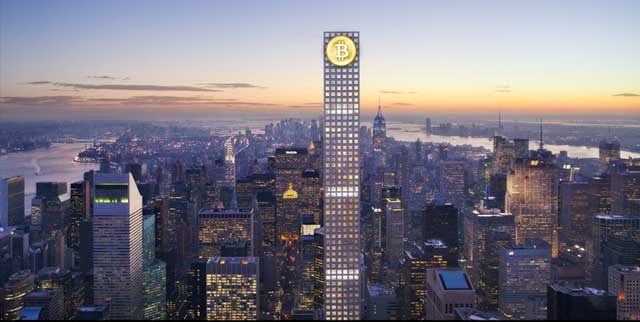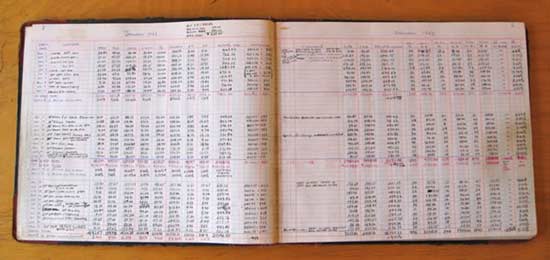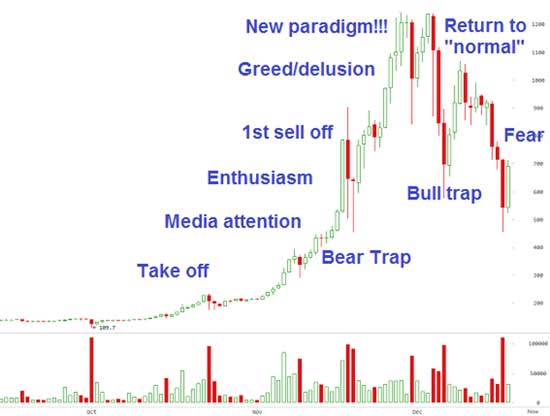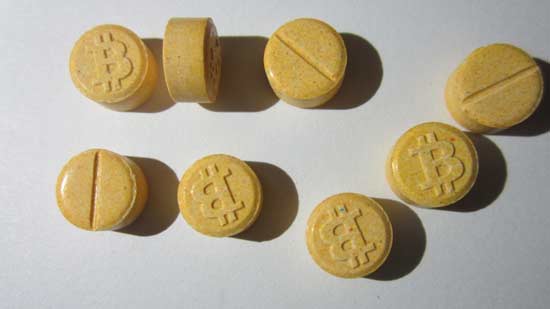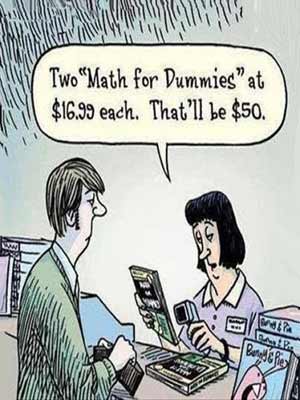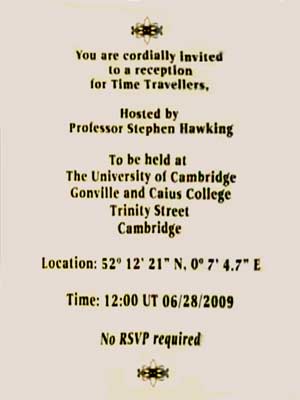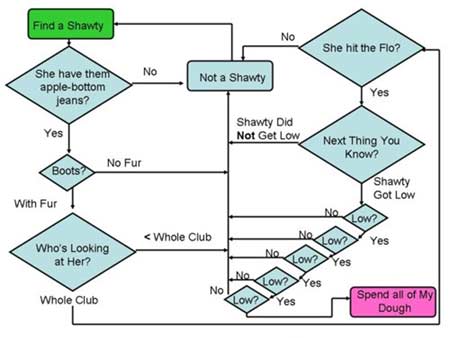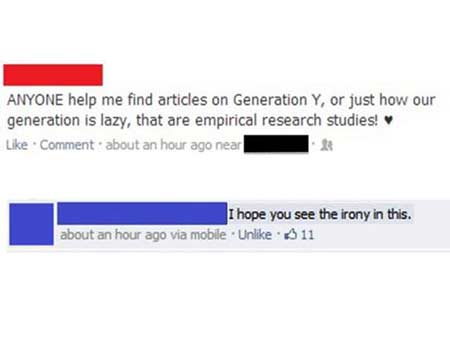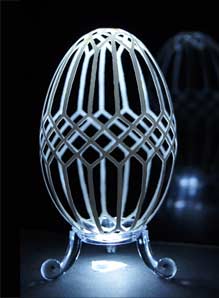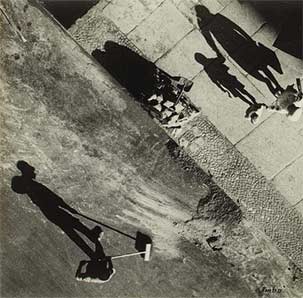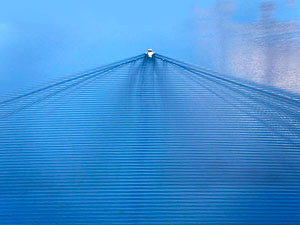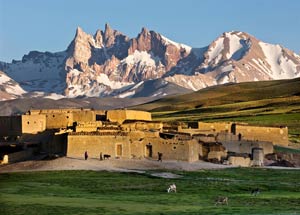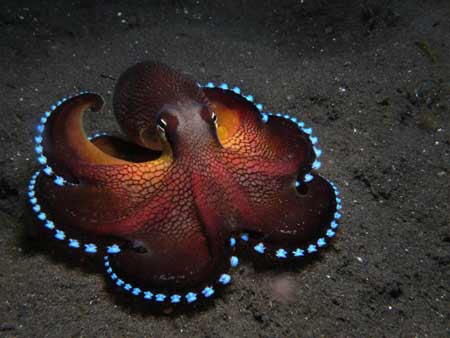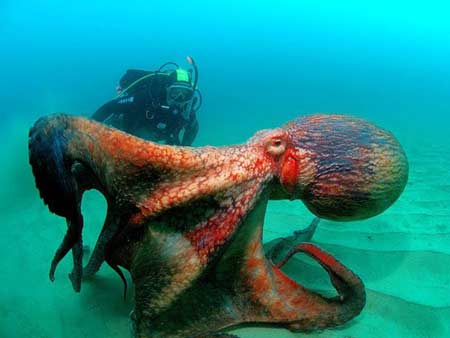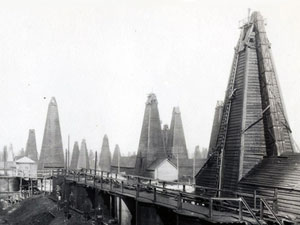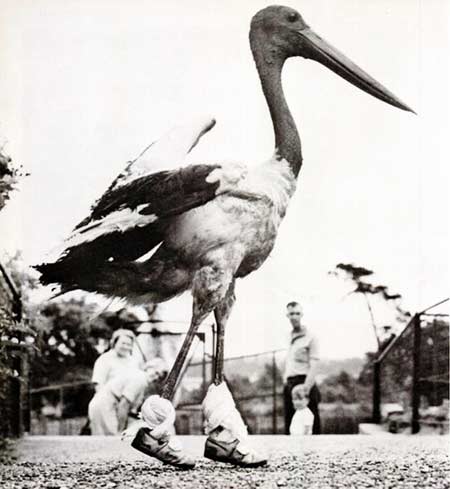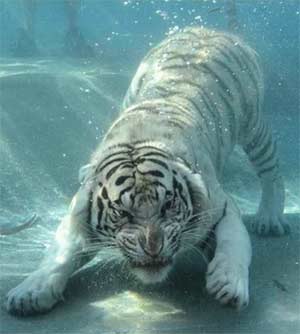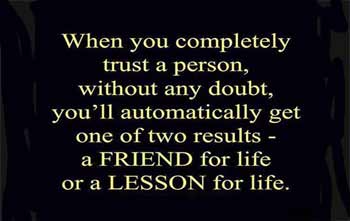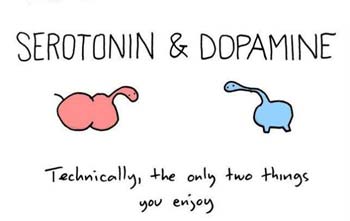Bitcoin’s got its issues. But it is not competing with perfection.
—Bitcoins
May 12, 2014
MasterCard for Geeks?
BITCOIN, the world’s “first decentralised digital currency”, was launched in 2009 as a peer-to-peer payment system by a mysterious person (or persons) known as Satoshi Nakamoto. In theory, this currency can be transferred instantly and securely between any two people in the world. (In actual practice “instantly” is nearer to an hour—and could take as long as a couple of days. And as far as “securely”: hacking has robbed the system of millions of dollars—but no system is absolutely perfect. Bitcoin does come reasonably close.)
The currency is underpinned by a computer network made up of users’ machines, akin to the networks that underpin BitTorrent and Skype.
How to Create a Bitcoin
Bitcoins are mathematically generated as the computers in its network execute difficult number-crunching tasks, a procedure known as Bitcoin “mining”. New coins are slowly mined into existence by following a mutually agreed-upon set of rules. (You’ll need a computer, an internet connection, electricity, patience, and to set up an electronic wallet in which to keep your Bitcoin rewards.)
A user mining Bitcoins is running a software programme that searches tirelessly for a solution to a very difficult math problem whose difficulty is precisely known. Miners mainly create cryptographic hashes according to very precise rules—they must compute a hash that meets certain criteria and the only way to find a cryptographic hash that’s “good enough to count” is to try computing a lot of them until someone gets lucky and finds one that works. The difficulty is automatically adjusted regularly so that the number of solutions found globally, by everyone, for a given unit of time is fairly constant: an average of 6 per hour. When a solution is found, the user may tell everyone of the existence of this newly found solution, along with other information, packaged together in what is called a “block”.
In addition to the hash criteria, a block needs to contain only valid, non-conflicting transactions. So the other main task for miners is to carefully validate all the transactions that go into their blocks, otherwise they won’t get any reward for their work. Essentially, the intense work that goes into finding blocks through hashing is what secures the network against fraud.
In summary, miners collect transactions from the network, validate them, bundle them into blocks, compute cryptographic hashes that meet current criteria, submit the blocks, add them to the blockchain, and collect their rewards. The blockchain contains each Bitcoin’s complete history and that’s a lot of data—the chain has already trebled in size to 15 gigabytes over the past year and it of course continues to grow. But few of the network’s participants want the whole chain—they only care if the seller of the Bitcoin that they’re about to buy is its valid owner; they don’t care about its entire ownership history.
A single block is hard-coded to contain only one megabyte of information, which is enough for approximately 2,400 individual transactions. Creating a validated new block creates a reward of 25 new Bitcoins at present. This amount, the block reward, is an incentive for people to perform the computation work required for generating these blocks.
Roughly every 4 years, the number of Bitcoins that can be “mined” in a block reduces by 50%. Originally the block reward was 50 Bitcoins; it halved in November 2012.
When Bitcoins first started, mining was much simpler than it is today. The days when a miner running on a home computer could hope to be the first one to complete a block and reap the Bitcoin rewards are long gone. Hard-core Bitcoiners have been in an arms race over the past few years, building computers whose sole purpose is to mine. Today, a competitive rig is quite expensive.
The mathematics of the Bitcoin system were set up so that it becomes progressively more difficult to “mine” them over time as it becomes more computationally intensive. At or near the year 2140, the maximum total number of coins allowed to be in circulation will be reached and then remain static at 20,999,999.9769. Currently the number of Bitcoins in circulation is approaching 12.8 million.
There is no way for a central bank to issue a flood of new Bitcoins and devalue those already in circulation. Yet modern central banks favour low-but-positive inflation for a reason. In the real world wages are “sticky” because firms find it difficult to cut their employees’ pay. And that’s not even half the story. The biggest issue with a deflationary currency is that it gives people an incentive to save. Why buy those boots for $100 if they’re going to be $80 next week? An inflationary currency gives people an incentive to spend. Better buy those boots now if they’ll be $120 next week! As people stop spending due to deflationary expectations, factories cut shifts, businesses close, and the entire economy brakes to a halt. However, there are some pernicious positive feedback loops when it comes to deflation. A modicum of inflation greases the system by, in effect, cutting the wages of workers whose paycheques fail to keep pace with inflation. If the money supply grows too slowly, then prices fall and workers with sticky wages become more costly. Unemployment tends to rise as a result.
Bitcoin deflation is already a reality. Soaring demand for the currency is partly responsible for boosting its price (therefore reducing the price of everything else in Bitcoin terms, generating deflation). But the knowledge that supply is ultimately finite is also a factor.
How Reliable Are Bitcoins?
There are such things as physical Bitcoins, but ultimately, a Bitcoin is just a number associated with a Bitcoin Address. A physical Bitcoin is simply an object, such as a coin, with the number carefully embedded inside.
The entire network is used to monitor and verify both the creation of new Bitcoins through mining, and the transfer of Bitcoins between users. A ledger is collectively maintained of all transactions, with every new transaction broadcast across the Bitcoin network. Everyone must use the same copy—the blockchain—to prevent the same coins from being spent twice by the same owner.
Bitcoin uses public key cryptography to make and verify digital signatures. In this system, each person has one or more addresses each with an associated pair of public and private keys that they may hold in their electronic wallet. Only the user with the private key can sign a transaction to give some of his or her Bitcoins to somebody else, but anyone can validate the signature using that user’s public key.
As an example:
The seller accepting Bitcoin payment sends his address to the buyer who is using Bitcoins. The buyer adds the seller’s address and the amount of Bitcoins to transfer to a 'transaction’ message. The buyer signs the transaction with his private key, and announces his public key for signature verification. The buyer broadcasts the transaction on the Bitcoin network for all to see. (Only the first two steps require human action. The rest is done by the Bitcoin client software.)
By using a private key to encode the transaction the buyer is signing it: anyone can decrypt the cipher text by using the buyer’s public key, and because the buyer is the only one in possession of the private key this mechanism guarantees that only he could have generated the cipher text of the transaction.
The process described above does not prevent the buyer from using the same Bitcoins in more than one transaction. But the following process does:
Details about the transaction are forwarded to all or as many other computers as possible. The keypair to identity association (who actually owns the private key) is something the public key distribution mechanism needs to account for.
A constantly growing chain of blocks that contains a record of all transactions is collectively maintained by all computers (each has a full copy). To be accepted in the chain, transaction blocks must be valid and include proof of work (one block is generated by the network every 6-10 minutes). Blocks are chained in a way so that if any one of them is modified, all following blocks will have to be recomputed. When multiple valid continuations to the chain appear, only the longest such branch is accepted and it is then extended further.
The network timestamps transactions by hashing them into an ongoing chain of hash-based proof-of-work, forming a record that cannot be changed without redoing the proof-of-work. The longest chain not only serves as proof of the sequence of events witnessed, but proof that it came from the largest pool of CPU power.
This provides the necessary authentication, non-repudiation, and integrity.
It’s easy to compute the hash value for any given message.
It’s expensive to generate a message that will replicate a particular hash value.
The proof-of-work mechanism causes the total cost of subverting the system to be higher than the value gained by attacking the system. (A detailed explanation of this is beyond the scope of this article.)
The fact that the balance of each party (buyers and sellers) is a function of all of the receipts in the ledger has an important consequence: anyone can compute everyone’s balance. There is no need for any trusted intermediaries and the system is trivial to audit. Anyone can traverse the full ledger, verify the trades, and figure out the outstanding balances of everyone else.
When the seller sees that his transaction has been included in a block, which has been made part of the single longest and fastest-growing block chain (extended with significant computational effort), he can be confident that the transaction has been accepted by the computers in the network and is permanently recorded, preventing the buyer from creating a second transaction with the same Bitcoins. In order for the buyer to thwart this system and double-spend his coins, he would need to muster more computing power than all other Bitcoin users combined.
How to Buy Bitcoins
Bitcoins may be divided into fractions of a Bitcoin for ease of transaction. These include 0.01 BTC = 1 centibitcoin (bitcent); 0.001 BTC = 1 millibitcoin (mbit, millibit, bitmill or “Millie”), 0.000,001 BTC = 1 microbitcoin (ubit, microbit, or “Mike”), 0.000,000,01 BTC = 1 Satoshi. Bitcoins or fractions thereof can be bought and sold in return for traditional currency on several currency exchanges, and can also be directly transferred across the internet from one user to another using appropriate software. This makes Bitcoin a potentially attractive currency in which to settle international transactions, without incurring bank charges or exchange rates.
The complexity and opacity of the system means it also appeals to those with more nefarious purposes in mind, such as money laundering or paying for illegal drugs. Many people will be reluctant to adopt Bitcoin while the software required to use it remains so complex, and the value of an individual Bitcoin is so volatile. Since 2011, dozens of exchanges (including the infamous Mt Gox) have been hacked, and some have been robbed of millions of dollars. Bitcoin’s price has crashed by more than half several times.
Democratic Senator Thomas Carper, Delaware, the Homeland Security and Governmental Affairs Committee chairman, has stated that federal agencies, from the IRS to the FBI, have assured him that they can police illicit uses of cryptocurrencies, such as money laundering or drug trafficking, through the country’s current legal framework. He likens virtual currencies to the beginning of the Internet, when the “early message was ‘let’s not kill the baby in the cradle’. We know there’s some bad stuff that can happen through the use of virtual currencies like Bitcoin, but we also know that some good things could happen. It can enhance transactions between buyers and sellers. It can actually help the Internet and national trade.”
And Now?
That other currencies remain the medium of account has so far been the Bitcoin economy’s saving grace. If Bitcoin matures into a complete currency, with large numbers of workers using it as their medium of account, then its inflexibility could bring economic havoc. Shocks like the disappearance of Mt Gox could set off a systemic collapse. Given a loss of faith in exchanges, users might withdraw their coins in a panic, leading to a dangerous decline in transaction volume. Such hoarding could threaten Bitcoin’s status as a medium of exchange, leading to its complete demise as a currency.
Reputable exchanges with large institutional holdings could help stem such panics by advertising a willingness to sell their Bitcoins to meet liquidity demand. Yet because Bitcoin reserves are finite, users may not find that promise credible. By contrast, central banks with the inexhaustible resources of the printing press face no such inconvenient constraints. (Funny story: Not every central bank has access to a printing press. Just ask Ireland or [especially] Greece. But that just underscores how important flexibility is. On the other hand, tons of economies have gone under due to overly aggressive use of a printing press!)
If Bitcoin is going to grow, it needs dependable banks and exchanges. The overwhelming majority of consumers in an economy won’t be bothered to learn the details required to safely store their Bitcoin in a wallet on their personal hard drive—but if there are central exchanges, there’ll be liquidity risks; to have guarantee schemes, flexibility of supply will be needed to keep such systems afloat.
According to David Woo, Bank of America Merrill Lynch currency analyst:
If you compare Bitcoin to the three largest money exchangers (Western Union, MoneyGram, and Euronet), you get a good idea of real present day value. Assume that Bitcoin becomes one of the top three players in this industry. What does that mean for Bitcoin valuation?
Given that Bitcoin’s supply is fixed, when one buys a Bitcoin, one is acquiring not only a medium of exchange but also an investment in the enterprise value of Bitcoin. From this point of view, Bitcoin’s market capitalisation could be viewed with a little leap of faith as its enterprise value. The average market capitalisation of Western Union, MoneyGram and Euronet [is] about US$4.5 billion.
Assuming Bitcoin becomes a major player in both e-commerce and money transfer and a significant store of value with a reputation close to silver, fair value analysis implies a maximum market capitalisation of Bitcoin at $15 billion, putting the value of 1 BTC at approximately US$1,300.
Bitcoin can be inherited without the need of a lawyer and is therefore free of inheritance tax. Bitcoin can be used with ease when purchasing from companies far from one’s home country and completely bypasses all the fees and taxes that are incurred when using traditional methods such as debit cards, credit cards and PayPal. Bitcoin can be transferred over long distances for the purposes of money transfer, again without incurring hidden fees and taxes along the way.
There are many threats to Bitcoin’s long-term viability, not the least of which is the uncertainty in how national governments will regulate its use by their citizens and within their borders. But this set-up is the first workable solution to one of the more nagging problems of the digital realm: how to transfer something of value from one person to another without middlemen having to make sure that the item is not copied or, in the case of money, spent more than once.
The future isn’t about this currency concept alone, but about digitally codified and executed law. This type of exchange isn’t an “if” but a “when”.
One advantage Bitcoin has over precious metals is its resilience to government meddling (so far). It’s worth considering the now-collapsed E-Gold. They were like a cross between Paypal and Bitcoin: when you gave them money, they bought actual gold and stored it in a vault, and you could then transfer “virtual gold” between users. As long as you trusted E-Gold not to defraud, it worked great—the convenience of Bitcoin or Paypal, but backed by gold! However, regulation killed it, and the government seized all its gold (on dubious grounds—Wikipedia has the gory details).
Precious metals are generally useful as a store of value and as wealth preservation over long periods of time—especially in times of economic crisis. However, the strategy with them is more “buy and hold”. That isn’t Bitcoin.
Some want ownership of devices—a car, say—to be represented by a Bitcoin, or a tiny fraction of it. The car would work only when turned on with a key that includes the Bitcoin token. This would make managing ownership of and access to physical assets much easier: the token could be sold or rented out temporarily, enabling, for example, flexible peer-to-peer car-rental schemes. Such “smart property” would turn the blockchain into a global registry of ownership in physical assets.
All that may sound like science fiction, but a growing number of startups are working on bringing such applications to market.
Existing central banks may ultimately explore the use of cryptographically protected digital money as a replacement for existing currency forms—as they should. Transfers are cheap, relatively fast, and secure. How this will affect Bitcoin in the future remains to be seen.
Sources:
http://en.wikipedia.org/wiki/Bitcoin Bitcoin from Wikipedia.
https://en.bitcoin.it/wiki/FAQ “Bitcoin Frequently Asked Questions”.
https://en.bitcoin.it/wiki/Introduction “Bitcoin Introduction”.
http://www.forbes.com/sites/jessecolombo/2013/12/19/bitcoin-may-be-following-this-classic-bubble-stages-chart/ “Bitcoin May Be Following This Classic Bubble Stages Chart” by Jesse Colombo, Forbes, 19 December 2013.
http://turncoatresource.com/2014/03/29/bitcoin-revolution-or-evolution/ “Bitcoin: Revolution or Evolution?” by Danilo Cuellar, The Turncoat Resource: A Revolt Education Network, 29 March 2014.
http://bitcoinmagazine.com/6693/coinsetter-ceos-message-to-banks-you-will-soon-love-bitcoin/ “Coinsetter CEO’s Message to Banks: You Will Soon Love Bitcoin” by Jaron Lukasiewicz, Bitcoin Magazine, 30 August 2013.
http://www.economist.com/news/finance-and-economics/21599054-how-crypto-currency-could-become-internet-money-hidden-flipside “Hidden flipside: How the crypto-currency could become the internet of money”, The Economist, 15 March 2014.
http://www.joeydevilla.com/2013/04/15/how-to-mine-bitcoins-for-fun-and-probably-very-little-profit/ “How to Mine Bitcoins for Fun and (Probably Very Little) Profit” by Joey DeVilla, The Adventures of Accordion Guy in the Twenty-First Century, 15 April 2013.
http://ecoinclub.com/underlying-value-bitcoins/ “Is There an Intrinsic Value for Bitcoins” by David, Ecoin Club, 6 December 2013.
http://www.igvita.com/2014/05/05/minimum-viable-block-chain/ “Minimum Viable Block Chain” by Ilya Grigorik, Igvita.com, 5 May 2014.
http://www.economist.com/blogs/freeexchange/2014/03/bitcoin “New Money”, The Economist, 17 March 2014.
http://www.cnbc.com/id/101316945 “Sen. Carper: 'Let’s see what good can come from bitcoin'”, by Jeff Morganteen, CNBC, 7 January 2014.
http://www.economist.com/blogs/economist-explains/2013/04/economist-explains-how-does-bitcoin-work?fsrc=explainsdig “The Economist Explains How Does Bitcoin Work?”, The Economist, 11 April 2013.
http://www.economist.com/news/finance-and-economics/21596971-bitcoin-growing-too-fast-its-technology-keep-up-great-hiccup?fsrc=explainsdig “The Great Hiccup”, The Economist, 22 February 2014.
http://blockchain.info/charts/total-bitcoins “Total Bitcoins in Circulation”.
http://bitcoin.stackexchange.com/questions/148/what-exactly-is-mining “What exactly is mining?”, StackExchange: Bitcoin beta, August / September 2011.
The Distillery
It’s Obvious
- Maybe she needs a tip?
- Hawking said that while Einstein’s theories allow for time travel into the past, “it’s likely that warping would trigger a bolt of radiation that would destroy the spaceship and maybe the space-time itself.” The event, complete with caterers and champagne, was held at the University of Cambridge on 28 June 2009. No one showed up, of course, because Hawking didn’t send out the invitations until this year. That way, only people from the future could even know about the event. But this week Hawking said he hopes that the guests who didn’t show up in 2009 will still manage show up at some point in the future—or the past?—and therefore prove his theories about time travel.
- My guess is that it takes both kinds.
Changing Perspectives
- Mohave Moon made this flow chart of Flo Rida’s song “Low” and posted it to Reddit 3-4 years ago. It went sort of viral and The Soup picked it up on their Facebook page. His ex-wife was a fan and called him at work saying, “Isn’t that the thing you did a few years ago to make me laugh?” “Oh, yeah. That. The Soup picked it up? Cool.” He was loving it, but wanted to seem underwhelmed. He was famous in her eyes for about 15 minutes, but he says he really needed that at the time.
- I frequently get requests from students asking me to let them turn in something I’ve written for their research paper that’s due the next day. (I always say no.)
Unusual Photographs
- Photographer Frederick H Evans was instrumental in getting Aubrey Beardsley his first job as an illustrator.
- Seen from about 6 billion kilometres (3.7 billion miles, 40 astronomical units), Earth appears as a tiny dot (the blueish-white speck approximately halfway down the lighter brown vertical band) within the darkness of deep space. Photographed by Voyager 1 in 1990. Earth lies right in the centre of one of the scattered light rays resulting from taking the image so close to the sun. The background features in the image are artefacts resulting from magnification.
- This photograph is said to show the sky in Costa Rica. Many people online seem to think it’s photoshopped (but maybe they’re just jealous).
Making Life into Art
- Russian sisters pose for the same photo 3 separate times, years apart.
- Artist Piotr Bockenheim uses a reductive drilling technique to transform goose eggs into various geometric or floral patterns.
- Before electricity was common, buildings were designed to maximise natural light. The Cincinnati Public Library, having been built in 1874, has a 4-story, skylit, central atrium surrounded by stacks of books, accessible by spiral staircases (and a marble floor). Oh, did I say “has”? I meant “had”. The building was demolished in 1955 because the library needed more space. See here for some fantastic photos of what was.
- This photograph does not describe what Otto Umbehr saw when he looked out his window in Berlin in 1928, but what he discovered when he turned his overhead view of the street upside-down. He felt it then showed an unsettling world in which the insubstantial dominates the substantial, and imagination intercepts cognition. (Perhaps he’d led a sheltered life up to that point?)
Means of Transport
- If I had passed this van on the highway, I’m not sure with a casual glance that I would’ve realised what I was seeing.
- Perched at the window of his Cessna 172, photographer Klaus Leidorf criss-crosses the skies above Germany while capturing images of farms, cities, industrial sites, and whatever else he discovers along his flight path, a process he refers to as “aerial archaeology.”
- The first time I saw an A C Bristol Cobra I did a double-take. I didn’t have a clue what it was, but I thought it was the most beautiful car I had ever seen. I still do. This 1965 model is from the Don Davis Collection. It has a 289 cubic inch Ford overhead valve V-8 engine with Holley four-barrel carburetor, 4-speed manual transmission, ladder-type steel tubing chassis with independent front and rear suspension via A-arms, transverse leaf springs, and tubular shock absorbers, and 4-wheel hydraulic disc brakes.
Worth a Look
Steve McCurry, who took the first 3 photos, spans conflicts, vanishing cultures, ancient traditions and contemporary culture alike.
- Yamdrok Tso Lake, Tibet.
- Slovenia (formerly Yugoslavia).
- Qala-e Sabzi, Afghanistan.
- This is Wellington. I really like this angle, one I haven’t seen before. The photo may have been taken by Grant Joyce, because I found it on the Facebook page of his company, Albatross Electrical.
- The first snow of winter in Bergen, Norway (2,600 mm of precipitation a year).
- The Ancient Bristlecone Pine Forest is a protected area high in the White Mountains in Inyo County in eastern California. The Schulman Grove in this forest is the location of the “Methuselah”, a Great Basin Bristlecone Pine more than 4,750 years old. For many years, it was the world’s oldest known living non-clonal organism, until superseded by the discovery in 2013 of another bristlecone pine in the same area with an age of 5,064 years (germination in 3051 BC). See here for photos of other of the world’s oldest living things.
Under the Sea
- Batoidea is a superorder of cartilaginous fish commonly known as rays and skates. They are in the same fish subclass as sharks, to which they are closely related. Some rays give birth to young which develop in a womb, though without the involvement of a placenta. Most batoids have developed heavy, rounded teeth for crushing the shells of bottom-dwelling species such as snails, clams, oysters, crustaceans, and some fish, depending on the species.
- The golden cownose ray or Pacific cownose ray is a species of eagle ray found off the coasts of Central and South America. Rays follow the clockwise current from Mexico’s Yucatan peninsula to western Florida. Measuring up to a metre across, poisonous golden cownose rays migrate in groups—or 'fevers'—of up to 10,000 as they glide their way silently towards their summer feeding grounds. The stinger, a razor-sharp spine that grows from the creature’s whip-like tail, can reach almost 15 inches in length and carries a heady dose of venom.
- Amphioctopus marginatus, also known as the coconut octopus or veined octopus, is a medium-sized cephalopod found in tropical waters of the western Pacific Ocean. It commonly preys upon shrimp, crabs, and clams, and displays unusual behaviour, including bipedal walking and gathering and using coconut shells and seashells for shelter. The creature uses tools for defence, and uses available debris to create a defensive fortress. Researchers filmed A. marginatus collecting coconut half-shells, discarded by humans, from the sea floor, carrying them up to 20 metres (66 feet), and arranging the shells to form a spherical hiding place akin to a clamshell.
- Enteroctopus dofleini, also known as the Giant Pacific octopus, is a large cephalopod found in the coastal North Pacific, usually at a depth of around 65 metres (215 feet). It can, however, live in much shallower or much deeper waters. It is arguably the largest octopus species, based on a scientific record of a 71 kilogram (156 pound) individual weighed live. Dermal muscles in the octopus’s skin can create a heavily textured look, or cause skin to appear smooth (wish I could do that). They only live 3-5 years in the wild.
Unexpectedly Large
- Kumbh Mela Festival, Allahabad, 2001.
- These are Russian oil wells. The petroleum production company, Nobel Brothers Limited, (or Branobel) was established in 1876 and subsequently became one of the largest oil companies in the world in the late 19th century. This photo is from 1913.
- Kana Kimura with Jessica Lang Dance offers an appetiser before dinner at the Joyce Theater Foundation gala. Chicago mayor Rahm Emanuel fit right in with the assembled balletphiles. He said he took up ballet as a kid to improve his soccer game, then studied seriously, earning a scholarship to Joffrey Ballet. He turned it down for college, where he moved into politics.
Birds and Insects
- This is from Life magazine, 1960 Vol. 49, No. 7. Why would someone put shoes on a stork? Click the photo for another picture that will probably make the answer apparent.
- Graduate student Troy Alexander fell in love with the Amazon rainforest and went to Peru as volunteer researcher for the Tambopata Macaw Project. While there he stumbled onto fascinating structures—tiny towers each surrounded by a fence—attached to tree trunks. He assumed they were built by a spider or insect. He snapped a few photos, hoping that when he got home an entomologist would help him zero in on the moth or spider responsible. But experts in both insects and arachnids were all stumped. Some suspect that it could be something similar to the Ribbed-Cocoon Maker Moth which also builds a protective structure, but nothing so distinct as this fence. But the mystery isn’t so surprising as scientists estimate there are still millions of undiscovered plant and animal species on Earth.
- Recent research has found some crow species capable of not only tool use but also tool construction and meta-tool use. Crows are now considered to be among the world’s most intelligent animals with an encephalisation quotient approaching that of some apes. The oldest captive crow documented died at age 59. Along with buzzards, rats, and other carrion-eating scavenging animals, there is a tradition in Western culture going back to at least the Middle Ages of seeing them as distasteful (even illegal at times) to eat, and thus naturally humiliating if forced to consume against one’s will—to "eat crow".
- A tiny mantis peers out of an American poppy flower.
Fish, Mammal, and Fishy Mammal
- This is apparently off the coast of Argentina, though similar occurrences have been captured in the Maldives (video) and off the east coast of Australia (where, in most cases, the schools of fish are mullet or salmon and some are over 2 kilos—usually migrating).
- From the animal nursery at Everland Zoo at Everland Resort in Yongin, South Korea, operated by Samsung. The fennec is a small nocturnal fox found in the Sahara of North Africa. Its most distinctive feature is unusually large ears, which serve to dissipate heat. Its name comes from the Arabic word فنك (fanak), which means fox (so if you say fennec fox, you’re really saying fox fox). Its coat, ears, and kidney functions have adapted to high-temperature, low-water, desert environments. The species is classified a “small wild/exotic canid” by the United States Department of Agriculture, and is considered the only species of fox, other than the domesticated silver fox, which can properly be kept as a pet. Although it cannot be considered domesticated, it can be kept in a domestic setting similar to dogs or cats. A breeders’ registry has been set up in the USA to avoid any problems associated with inbreeding. The fennec is the national animal of Algeria.
- Odin, a white Bengal tiger, lives in a zoo in Vallejo, California. Tigers can close their nostrils, which is why they make funny faces underwater (where they often go to cool off). Odin’s trainer is Lee Munro, whose feet are visible in the background.
Three applicants apply for a job.
After each meeting, the interviewer hands out an envelope with $20, as compensation for their time (or that’s what he/she tells them).
In actuality, the envelope contains $30 when they open it.
One candidate returns the extra $10; one candidate acts as if nothing is wrong; the third returns $5, figuring that will be enough to get credit.
Which one gets hired?
The best-looking one.
 Animals
Animals Animation
Animation Art of Playing Cards
Art of Playing Cards Drugs
Drugs Education
Education Environment
Environment Flying
Flying History
History Humour
Humour Immigration
Immigration Info/Tech
Info/Tech Intellectual/Entertaining
Intellectual/Entertaining Lifestyles
Lifestyles Men
Men Money/Politics/Law
Money/Politics/Law New Jersey
New Jersey Odds and Oddities
Odds and Oddities Older & Under
Older & Under Photography
Photography Prisons
Prisons Relationships
Relationships Science
Science Social/Cultural
Social/Cultural Terrorism
Terrorism Wellington
Wellington Working
Working Zero Return Investment
Zero Return Investment